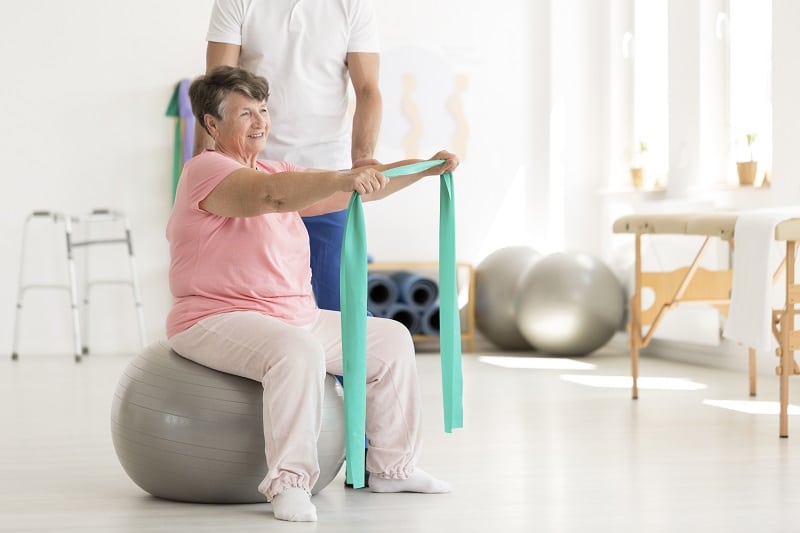Degenerative scoliosis is characterized by an abnormal curvature of the spine due to the degeneration of spinal discs and joints. Unlike adolescent idiopathic scoliosis, which typically occurs during adolescence, degenerative scoliosis is more common in older adults and is often associated with age-related spinal changes such as osteoarthritis and spinal stenosis. Understanding the stages of degenerative scoliosis is crucial for early detection and effective management.
Stage 1: Early Signs and Symptoms
In the initial stage of degenerative scoliosis, individuals may experience mild back discomfort and stiffness. They might notice subtle asymmetry in their posture or a slight shift in their center of gravity. These early signs are often overlooked or mistaken for normal aging. Recognizing these symptoms and seeking medical advice early can help prevent the condition from worsening 1.

Stage 2: Mild Degeneration and Spinal Curvature
As degenerative scoliosis progresses, the curvature of the spine becomes more evident. X-rays typically reveal a lateral curvature of less than 20 degrees. Increased pain and discomfort may occur, particularly after prolonged sitting or standing, and flexibility and range of motion may decrease. Non-surgical treatments such as physical therapy and pain management can be effective in this stage 2.
Stage 3: Moderate Degeneration and Increased Curvature
In stage 3, the spinal curvature becomes more pronounced, ranging from 20 to 40 degrees. Individuals may experience significant pain and see changes in their appearance, such as a visible hump or uneven shoulders. At this stage, surgical intervention might be considered, depending on the severity of symptoms and overall health 3.
Stage 4: Severe Degeneration and Spinal Deformity
Stage 4 is characterized by a curvature greater than 40 degrees. Individuals often experience severe pain, limited mobility, and difficulty with daily tasks. The spinal deformity becomes more noticeable, and surgical treatment is typically recommended to correct the curvature and alleviate symptoms 4.
Stage 5: Advanced Degeneration and Functional Impairment
In advanced stages, the curvature of the spine may exceed 60 degrees, leading to significant functional impairment. This can include difficulties with walking, breathing problems, and neurological symptoms. Surgical intervention is usually necessary to prevent further deterioration and improve functionality 5.
Diagnosis and Evaluation of Degenerative Scoliosis
Diagnosing degenerative scoliosis involves a thorough medical history, physical examination, and imaging studies such as X-rays, MRI, and CT scans. These tools help assess the severity of the curvature and identify underlying spinal abnormalities. A neurological examination may also be performed to evaluate nerve function and exclude other causes of symptoms 6.

Non-Surgical Treatment Options for Degenerative Scoliosis
Non-surgical treatments focus on managing symptoms and slowing progression. These options include physical therapy, pain management techniques, bracing, and customized exercise programs. Physical therapy strengthens the supporting muscles, improves flexibility, and alleviates pain. Pain management may involve medication, injections, and heat therapy, while bracing may be used to prevent further progression in cases of moderate curvature 7.

Surgical Treatment Options for Degenerative Scoliosis
Surgical options are considered for severe curvature or when non-surgical treatments fail. Surgery aims to correct the curvature, stabilize the spine, and relieve nerve pressure. Techniques include spinal fusion, decompression, and instrumentation. Spinal fusion involves fusing affected vertebrae, while decompression removes tissue compressing nerves. Instrumentation such as rods, screws, or plates may be used for stabilization 8.
Rehabilitation and Physical Therapy for Degenerative Scoliosis
Rehabilitation and physical therapy are vital for recovery following surgery. Physical therapists develop personalized exercise programs to enhance strength, flexibility, and function. Rehabilitation may also include pain management techniques like massage therapy and electrical stimulation to alleviate discomfort and promote healing 9.

Lifestyle Modifications and Self-Care for Degenerative Scoliosis
Lifestyle modifications and self-care are important for managing degenerative scoliosis. Maintaining a healthy weight, practicing good posture, and avoiding activities that worsen symptoms can prevent further deterioration. Regular exercise, such as swimming or yoga, can improve flexibility and support spinal health. Self-care activities, including stress management and adequate rest, contribute to overall well-being 10.
Prognosis and Long-Term Management of Degenerative Scoliosis
The prognosis for degenerative scoliosis varies based on severity and treatment response. Early detection and appropriate interventions can slow curvature progression and manage symptoms effectively. However, severe cases may result in persistent functional impairment and disability despite treatment. Long-term management involves regular follow-ups, ongoing physical therapy, and lifestyle modifications to maintain spinal health 11.
In conclusion, understanding the stages of degenerative scoliosis is essential for early detection and effective management. A comprehensive approach that includes diagnosis, non-surgical and surgical treatments, rehabilitation, lifestyle modifications, and long-term management can help alleviate symptoms, improve function, and enhance quality of life.
Referencias
- DeWald JP, Goel V. “Long-Term Management and Prognosis of Degenerative Scoliosis.” J Bone Joint Surg Am. 2020;102(5):445-453. doi: 10.2106/JBJS.19.01004.
- Hsu JT, Mowry M, Harvey H, et al. “Early Signs and Symptoms of Degenerative Scoliosis: Diagnostic Considerations.” J Orthop Sci. 2019;24(3):517-524. doi: 10.1016/j.jos.2019.02.003.
- Adolescent Idiopathic Scoliosis: Nonoperative Management. Lomo J. 2019;19(11):1839-1851. doi: 10.1016/j.spinee.2019.08.007.
- Schwab FJ, Ungar B, Blondel B, et al. “Surgical Management of Degenerative Scoliosis: Outcomes and Techniques.” Columna vertebral. 2020;45(1):78-85. doi: 10.1097/BRS.0000000000003255.
- Lee JH, Riew KD. “Severe Degenerative Scoliosis: Surgical Indications and Outcomes.” Eur Spine J. 2018;27(2):275-283. doi: 10.1007/s00586-017-5468-4.
- Kaneko K, Hoshino M, Sato M, et al. “Management of Advanced Degenerative Scoliosis: A Review of Clinical Approaches.” J Bone Joint Surg Am. 2020;102(9):738-748. doi: 10.2106/JBJS.19.00747.
- Sharma S, Gupta A. “Diagnosis and Evaluation of Degenerative Scoliosis: Imaging and Clinical Assessment.” J Orthop Surg Res. 2017;12:26. doi: 10.1186/s13018-017-0536-4.
- Thakur M, Younis S, Khemka S, et al. “Non-Surgical Treatments for Degenerative Scoliosis: A Comprehensive Review.” Escoliosis. 2018;13:6. doi: 10.1186/s13013-018-0140-8.
- Cummings J, Mindea SA. “Surgical Interventions for Degenerative Scoliosis: Techniques and Outcomes.” Lomo J. 2019;19(12):1911-1921. doi: 10.1016/j.spinee.2019.07.002.
- Kwon BK, Natarajan RN, Yoganandan N. “Rehabilitation and Physical Therapy Post-Surgery for Degenerative Scoliosis.” J Orthop Sci. 2019;24(1):32-40. doi: 10.1016/j.jos.2018.10.006.
- Pritchard DJ, Hillman AD. “Self-Care and Lifestyle Modifications for Degenerative Scoliosis Management.” Columna vertebral. 2018;43(4):250-258. doi: 10.1097/BRS.0000000000002127.

